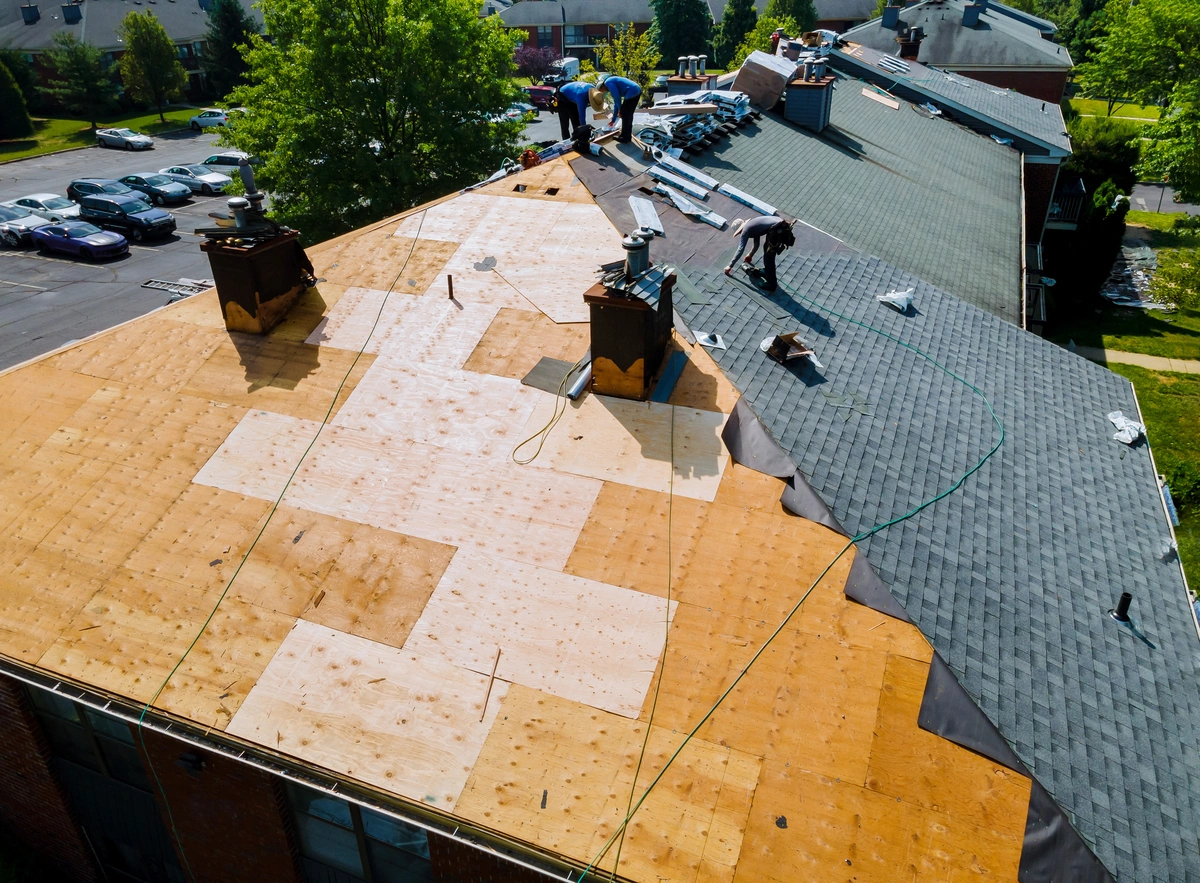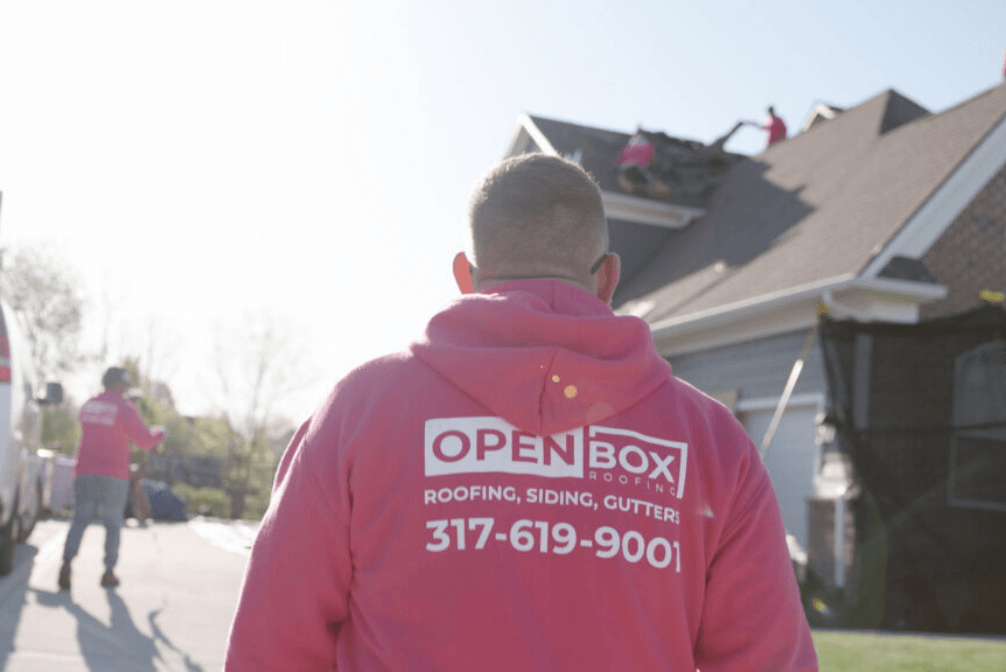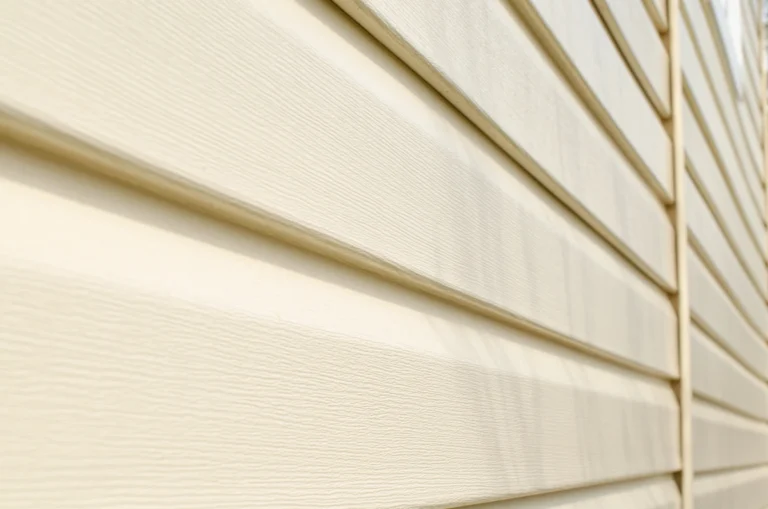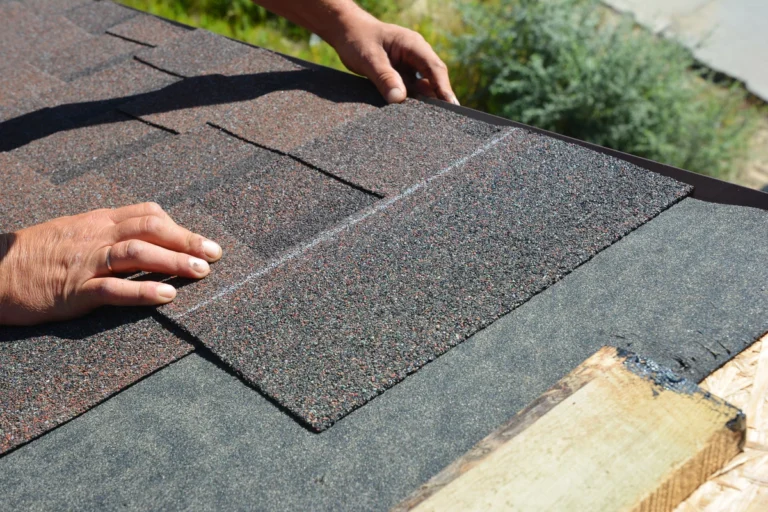Your roof is arguably one of the most vital components of your home’s structure. It shields you from the elements, provides insulation, and contributes to the overall aesthetics of your property.
However, despite its importance, many homeowners overlook the need to understand how their roof works and the various parts that make up this essential aspect of their homes. In this expert guide, we’ll explore:
- The different components of a roof
- Why it’s crucial to comprehend their functions
- Signs of roof damage
- When to call a contractor for assistance
Why You Should Understand How Your Roof Works
Understanding how your roof works is paramount for several reasons:
- Maintenance: Knowledge of your roof’s components enables you to perform regular maintenance tasks effectively. By identifying potential issues early on, you can prevent costly repairs or replacements down the line.
- Safety: Being aware of your roof’s structure and functionality ensures your safety when conducting inspections or minor repairs. It allows you to navigate the roof safely and take appropriate precautions.
- Cost-Effectiveness: Familiarity with your roof’s anatomy can help you communicate effectively with roofing professionals. This can lead to more accurate assessments, cost estimates, and better decision-making regarding repairs or upgrades.
- Longevity: Proper understanding and maintenance of your roof can prolong its lifespan, saving you money in the long run and providing peace of mind knowing your home is adequately protected.
The 7 Different Parts of a Roof and Their Functions
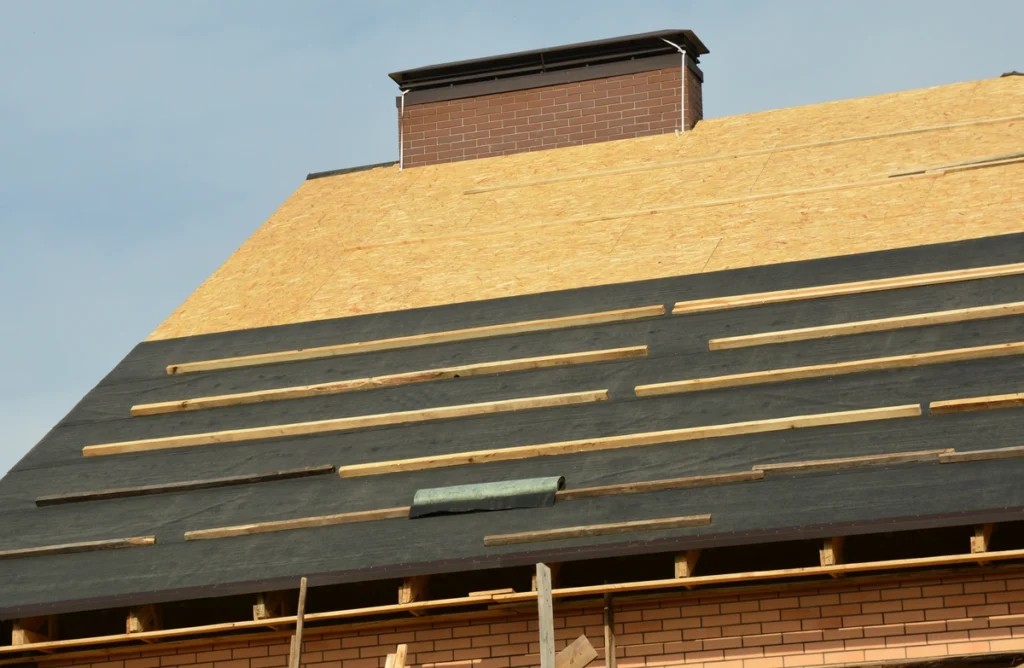
A roof comprises various components, each serving a specific purpose in ensuring its integrity and functionality. Here are the main parts of a typical roof and their functions:
1) Roof Deck:
The roof deck is the foundation of the roofing system, typically made of plywood or oriented strand board (OSB). It provides a sturdy base for the other roofing materials and supports the weight of snow, rain, and other environmental factors.
2) Underlayment:
Installed directly on top of the roof deck, the underlayment acts as a moisture barrier, protecting the roof from water infiltration. Common materials include felt paper or synthetic membranes.
3) Shingles:
Shingles are the outermost layer of the roof and come in various materials such as asphalt, wood, metal, or slate. They provide protection from weather elements and enhance the aesthetic appeal of the home.
4) Flashing:
Flashing is metal strips installed in vulnerable areas of the roof, such as valleys, chimneys, or vents, to prevent water from seeping into the structure. Properly installed flashing ensures watertight seals in critical areas.
5) Drip Edge:
The drip edge is a metal strip installed along the edges of the roof to direct water away from the fascia and into the gutters, preventing water damage to the roof’s edge and underlying structures.
6) Ridge Vent:
Located along the peak of the roof, ridge vents facilitate proper ventilation by allowing hot air to escape from the attic, reducing moisture buildup and heat accumulation, which can damage the roof and compromise energy efficiency.
7) Gutters and Downspouts:
Gutters and downspouts collect rainwater and direct it away from the foundation of the house, preventing water damage and erosion. Regular maintenance of gutters is essential to ensure proper drainage and prevent clogs.
Signs of Roof Damage
Identifying signs of roof damage early on can prevent more extensive issues and costly repairs. Here are some common indicators of roof damage to watch out for:
- Leaks: Water stains on ceilings or walls indicate a leaky roof. Prompt attention to leaks is crucial to prevent water damage and mold growth.
- Missing or Damaged Shingles: Missing, curling, or cracked shingles compromise the integrity of the roof and expose it to further damage from the elements.
- Sagging or Buckling: Sagging or buckling roof sections may indicate structural issues or water damage in the underlying decking.
- Granule Loss: Accumulation of granules in gutters or downspouts signals deterioration of asphalt shingles, reducing their effectiveness in protecting the roof.
- Damaged Flashing: Loose or damaged flashing around chimneys, vents, or valleys can lead to water infiltration and subsequent leaks.
- Moss or Algae Growth: Moss or algae growth on the roof surface can trap moisture and accelerate roof deterioration if left unchecked.
When to Call a Contractor
While some minor roof repairs can be tackled by homeowners, certain issues require the expertise of a professional roofing contractor. It’s advisable to call a contractor if you notice any of the following:
Extensive Damage:
Significant roof damage, such as widespread leaks, missing shingles, or structural issues, necessitates professional assessment and repair.
Safety Concerns:
Roof repairs or inspections involving steep slopes, high heights, or complex structures pose safety risks and are best left to experienced professionals.
Lack of Experience:
If you’re unsure about how to address a roofing issue or lack the necessary tools and expertise, it’s best to enlist the help of a qualified contractor to avoid causing further damage.
Insurance Claims:
When dealing with roof damage covered by insurance, hiring a licensed contractor ensures that repairs meet insurance requirements and adhere to building codes.
Preventive Maintenance:
Regular roof inspections and maintenance by a professional contractor can identify potential issues early on and extend the lifespan of your roof.
Learn More About the Parts of a Roof
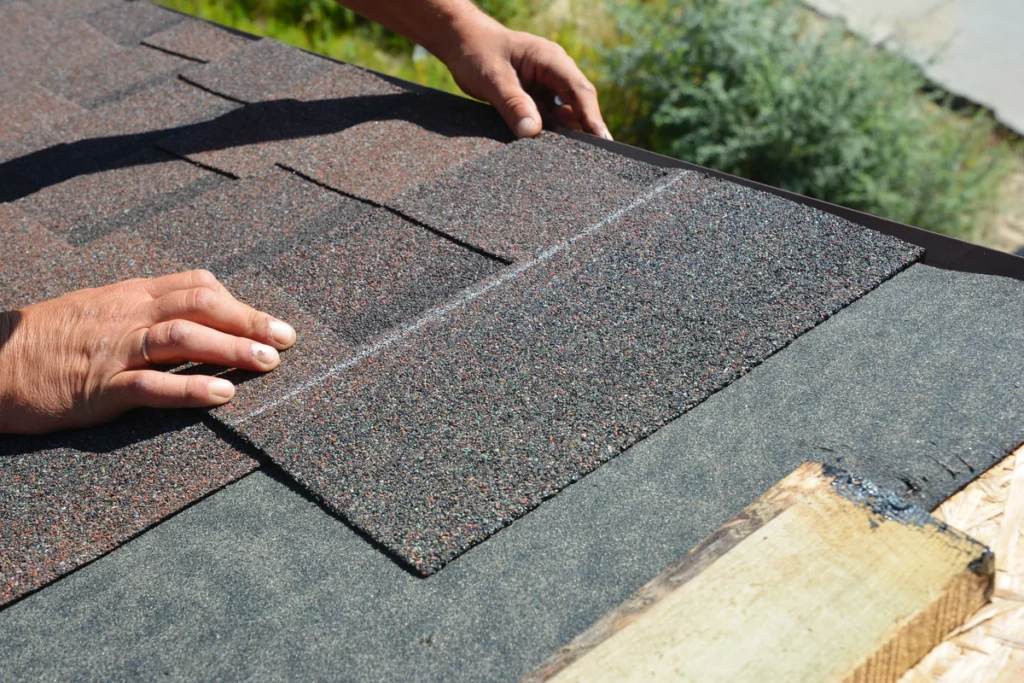
Understanding the different parts of your roof and their functions is essential for maintaining its integrity, ensuring your safety, and protecting your home from the elements. By familiarizing yourself with common signs of roof damage and knowing when to seek professional assistance, you can prolong the lifespan of your roof and safeguard your investment in your home. Remember, a well-maintained roof is key to a safe and comfortable living environment for you and your family.
Whether you are looking to explore a new roofing material, or just want a better understanding of your roof structure, Open Box Roofing can help! Contact us today to set up your appointment!
